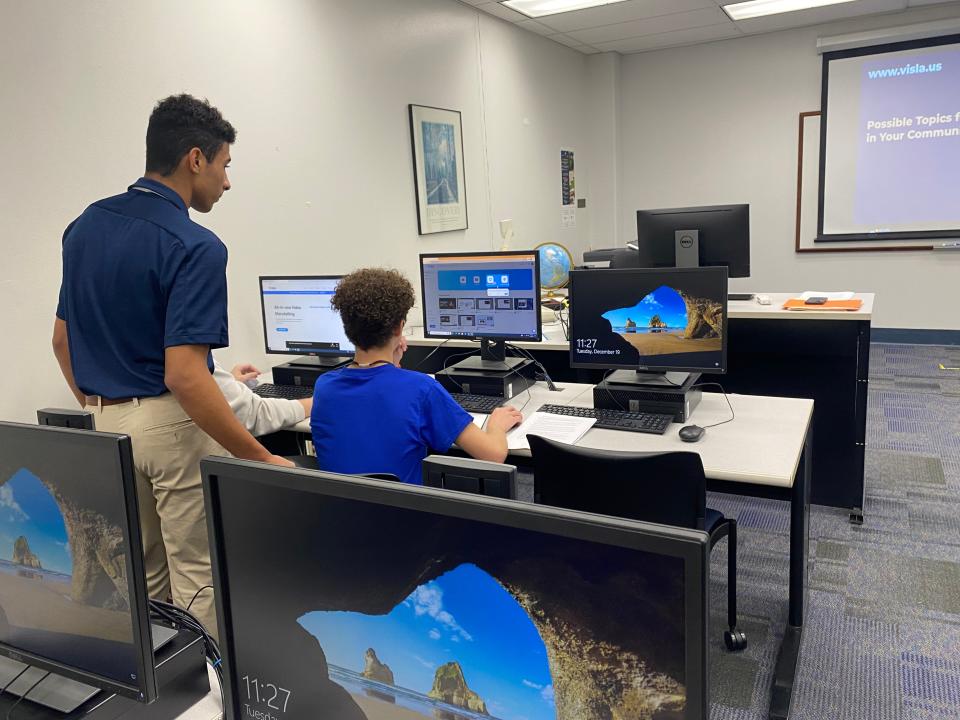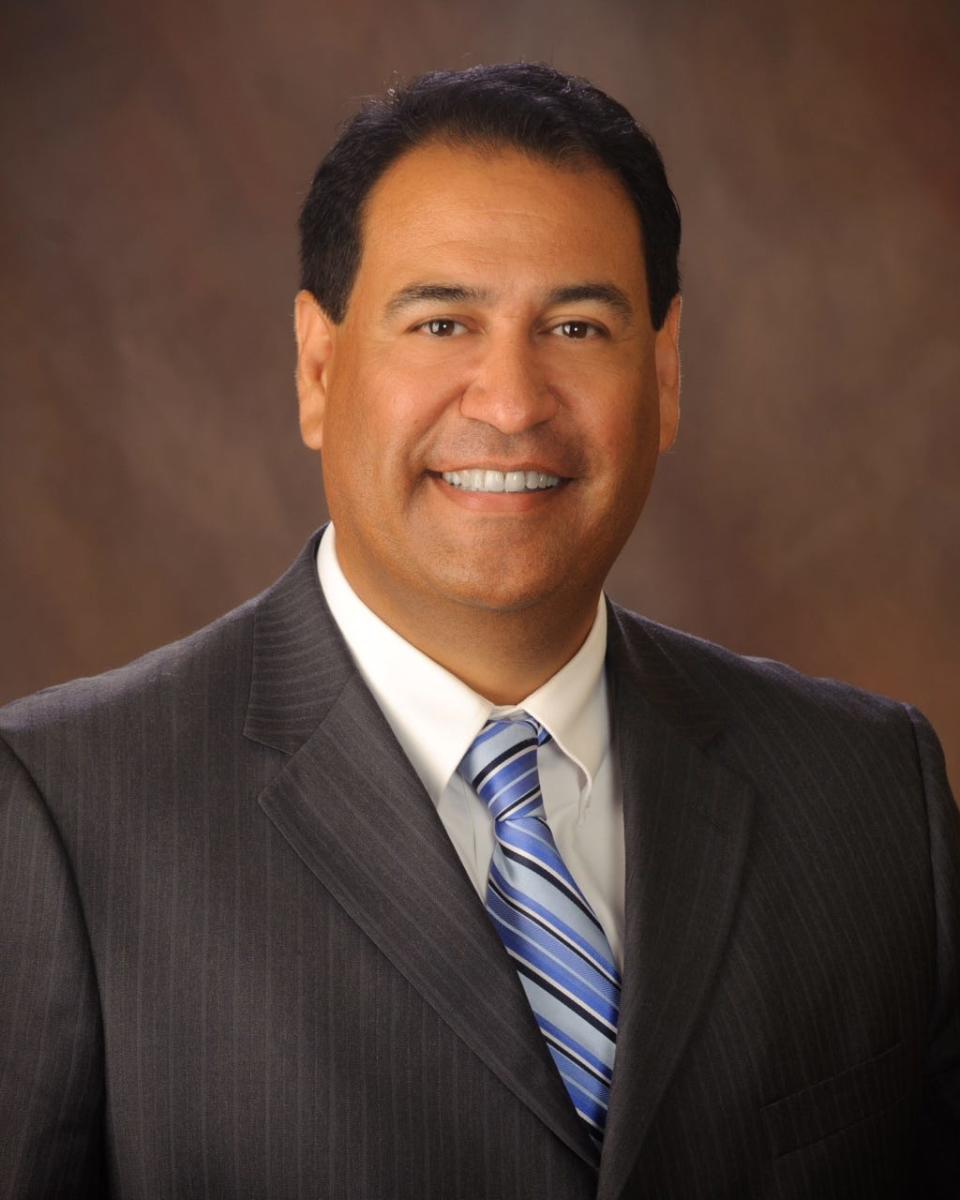Opinion: March elections will shape the future of Texas education
The Texas primary elections will effectively determine who will hold almost every seat in the Texas Legislature, as well as other elected offices throughout the state. Based on previous trends, however, the majority of registered voters might not participate.
The Republican and Democratic parties will hold their primary elections on Tuesday, March 5, with early voting starting Tuesday, Feb. 20. When Texas held primary elections in 2022, only 18 percent of registered voters cast a ballot. Decisions about which candidates to nominate are being made by a relatively small group of Texans.
This matters because the Texas primaries are profoundly consequential. Political districts, including those that determine who represents us in Washington, D.C., and in the Texas Legislature, are increasingly drawn to elect one party or another. Precisely drawn districts are crowded with voters who are known to largely prefer Republicans or largely prefer Democrats. Consider the elections in the Texas House in November 2022: while all 150 state House seats were on the ballot, only five of those 150 races were decided by 10 percentage points or fewer. Most seats are not truly competitive between the parties.

When we largely know which political party is going to win a general election, the primary election to choose that party’s nominee becomes much more important. These primaries effectively help determine which ideas will be passed into law and which ones will stall. When it comes to public education, the primaries go a long way in determining, for example, how much funding local schools will receive, or whether state lawmakers will increase salaries for teachers.
This is why public education supporters need to engage proactively in this year’s primaries. Texas has an open primary, which means that any registered voter may cast a ballot in either party’s primary, regardless of which primary they previously participated in. At the polling site, the voter simply requests either a Democratic or Republican ballot. Voting in a particular party’s primary does not mean that the voter will have to participate in the same party’s primary in the future, and of course the voter is free to support whomever they choose in the November general election.
If no candidate in a primary earns more than 50 percent of the vote, the top two finishers will advance to a runoff election a couple of months later. While these runoffs traditionally have even lower voter turnout, they are just as crucial as the elections in March and November.
Before early voting, prospective primary voters should do their homework and learn about the candidates and their positions before choosing a primary in which to vote. It is also important to find ways to engage with candidates and ask about their positions on education and other key issues. Attend election-related events or contact candidates through their websites.

We should take seriously our responsibility as citizens to do our part in deciding which candidates will be on the ballot this year. The future of our public schools — and our state — could well depend on how many voices are heard.
Dr. Roland Hernandez is Superintendent of Schools for Corpus Christi Independent School District and a member of multiple public education organizations including the Texas School Alliance, a consortium of 46 Texas school districts representing over 2.2 million Texas public school students.
This article originally appeared on Corpus Christi Caller Times: Opinion: March elections will shape the future of Texas education

